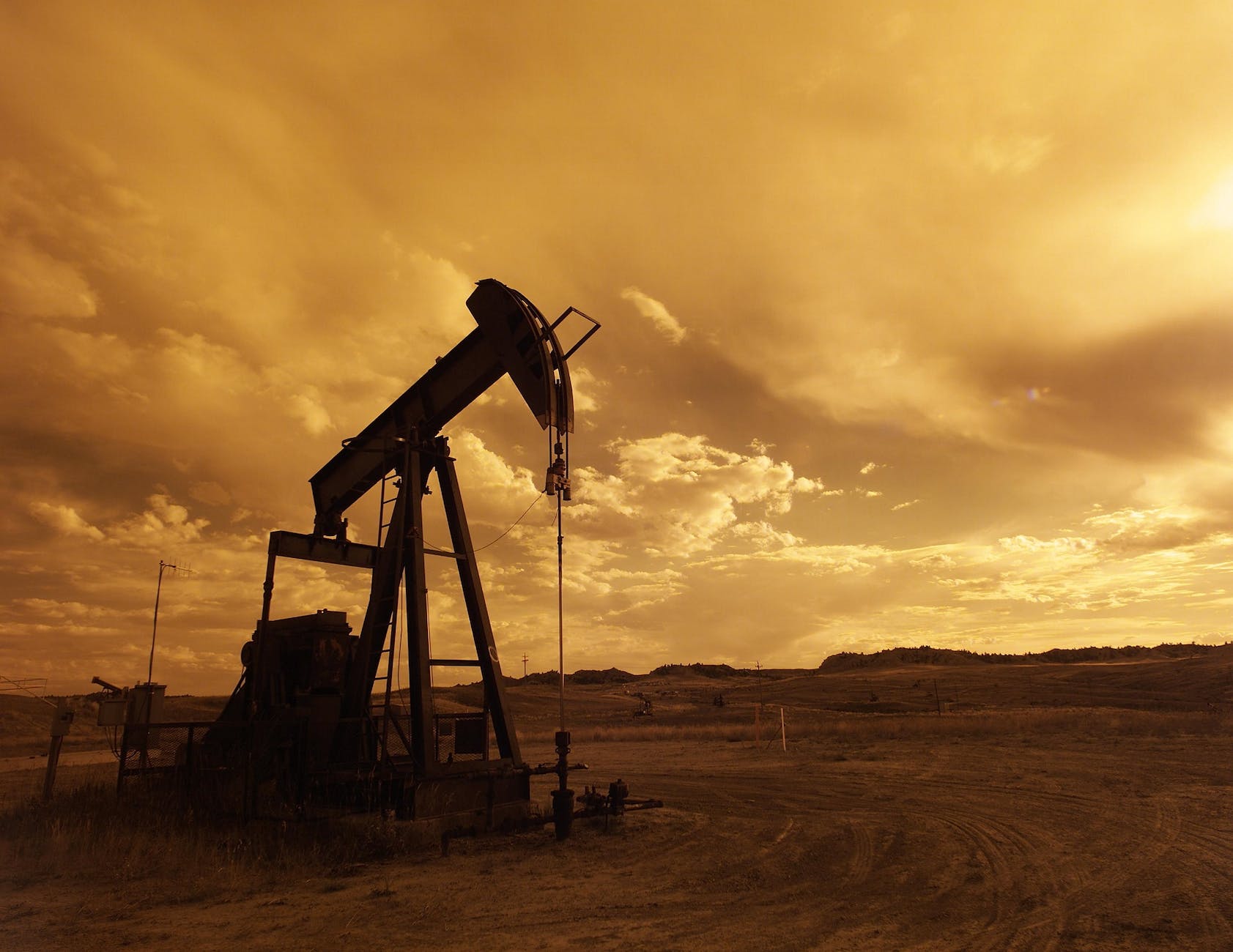
OSHA Standards for Oil and Gas Industry
Introduction to OSHA Standards
The Occupational Safety and Health Administration (OSHA) sets forth guidelines and regulations to ensure the safety and health of workers across various industries. In the realm of the oil and gas sector, these standards play a pivotal role in safeguarding workers’ well-being and mitigating potential hazards.
Importance of OSHA Standards in Oil and Gas Industry
The dynamic and high-risk nature of oil and gas operations demands stringent safety protocols. OSHA standards provide a framework for companies to create a safe working environment, reducing accidents, injuries, and fatalities.
Key OSHA Regulations for Oil and Gas Industry
General Safety Measures
OSHA mandates comprehensive safety measures, including risk assessment, equipment inspection, and safety protocols, to prevent workplace accidents.
Personal Protective Equipment (PPE)
Workers in the oil and gas industry are required to utilize appropriate PPE such as helmets, gloves, goggles, and fire-resistant clothing to minimize risks.
Hazard Communication
Effective communication of potential hazards and chemical exposures is crucial. OSHA standards ensure proper labeling, safety data sheets, and training on hazardous materials.
Emergency Response Procedures
Procedures for handling emergencies like fires, spills, or gas leaks are outlined by OSHA to ensure a swift and effective response.
Specific OSHA Standards for Different Operations
Drilling Operations
OSHA regulations focus on well drilling safety, equipment maintenance, blowout prevention, and well control procedures.
Production and Processing
Standards for refining, processing, and storage encompass safety protocols for machinery, confined spaces, and exposure to hazardous materials.
Transportation
Transportation of oil and gas involves OSHA guidelines for vehicle safety, driver training, and handling of materials during transit.
Training and Compliance Requirements
Comprehensive training programs are mandated by OSHA to ensure that workers understand and adhere to safety protocols.
Occupational Safety and Health Administration (OSHA) sets specific standards for the oil and gas industry to ensure the safety and health of workers. Some key OSHA standards applicable to this industry include:- Hazard Communication: Ensures that workers are aware of the potential hazards of chemicals they may be exposed to and provides guidelines for labeling, safety data sheets, and employee training.
- Process Safety Management (PSM): Focuses on preventing or minimizing the consequences of catastrophic releases of toxic, reactive, flammable, or explosive chemicals in processes involving highly hazardous chemicals.
- Personal Protective Equipment (PPE): Mandates the use of appropriate PPE, such as eye protection, gloves, helmets, and respiratory protection, to safeguard workers against workplace hazards.
- Respiratory Protection: Specifies requirements for the use of respirators to protect workers from inhaling harmful substances, particularly important in environments where there may be exposure to gases, vapors, or particulates.
- Fall Protection: Addresses the need for fall protection systems to prevent falls from elevated work areas, such as platforms, rigs, or elevated structures.
- Confined Spaces: Provides regulations for working in confined spaces, emphasizing the need for proper training, permits, and safety measures to protect workers from hazards like limited access, poor ventilation, and hazardous atmospheres.
- Electrical Safety: Sets standards for safe electrical practices in hazardous locations commonly found in oil and gas facilities.
These standards, among others, are designed to mitigate risks and ensure a safe working environment for employees in the oil and gas industry. Companies operating in this sector are obligated to comply with these OSHA standards to protect their workers from workplace hazards.Challenges in Implementing OSHA Standards
Despite the benefits, companies face challenges in implementing and maintaining compliance with OSHA regulations due to cost constraints and operational complexities.
Case Studies and Success Stories
Several organizations have successfully implemented OSHA standards, resulting in reduced incidents and improved workplace safety.
Future Trends in OSHA Standards
The evolving landscape of technology and industry practices will influence the future of OSHA standards, potentially introducing new safety measures and regulations.
Conclusion
OSHA standards are instrumental in fostering a safer environment within the oil and gas industry, significantly reducing workplace accidents and ensuring the well-being of workers.
Types of Work Permits and Certificates Used in ADNOC as per WMS
How to Become a Successful Job Performer in ADNOC
FAQs
- Are OSHA standards mandatory for all oil and gas companies?Yes, OSHA standards apply to all workplaces, including those in the oil and gas industry, to ensure worker safety.
- What happens if a company fails to comply with OSHA standards?Non-compliance can result in penalties, fines, or legal actions against the company.
- How often are OSHA standards updated?OSHA regularly reviews and updates standards to adapt to changing industry practices and advancements in safety technology.
- Do OSHA standards vary across different regions or countries?While there might be slight variations, OSHA standards set a baseline for safety, and many countries adopt similar guidelines.
- Can employees refuse to work if they feel unsafe, based on OSHA standards?OSHA allows employees to refuse work if they believe there’s a serious threat to their health or safety, following specific guidelines.





















